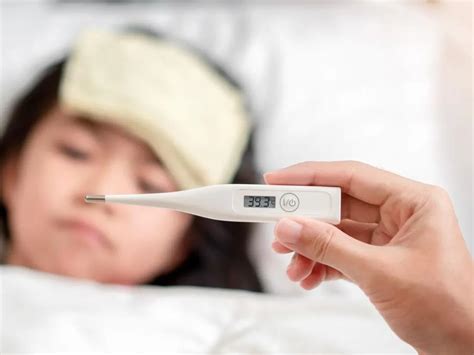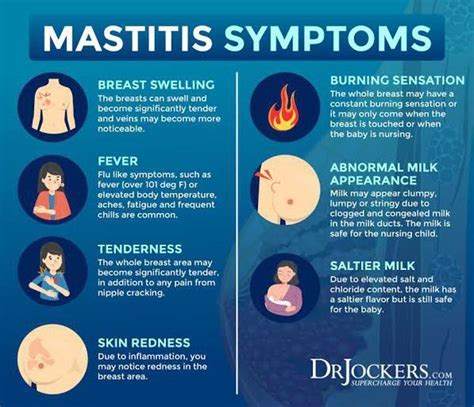Intro
Learn if a 102 fever is high and when to seek medical help. Understand fever ranges, symptoms, and treatments for high fever in adults and children, including low-grade and high-grade fevers.
A fever is a common symptom that can be caused by various factors, including infections, illnesses, and environmental factors. When it comes to determining whether a fever is high, it's essential to consider the individual's age, overall health, and the severity of their symptoms. Generally, a fever is considered high when it exceeds 103°F (39.4°C) in adults and children over 3 years old. However, for infants and toddlers, a fever above 100.4°F (38°C) can be a concern.
In the case of a 102°F (39°C) fever, it's considered relatively high, especially if it's accompanied by other symptoms such as headache, fatigue, or body aches. While it's not typically a cause for immediate concern, it's crucial to monitor the individual's temperature and watch for any signs of worsening symptoms. If the fever persists or is accompanied by severe symptoms, it's essential to seek medical attention to rule out any underlying conditions that may require treatment.
Fever is a natural response of the body's immune system to infection or inflammation. When the body detects the presence of foreign substances, such as bacteria or viruses, it releases chemical messengers that stimulate the hypothalamus, the part of the brain that regulates body temperature. The hypothalamus then sends signals to the body to increase its temperature, creating an environment that's less favorable for the growth and reproduction of the invading microorganisms.
Understanding Fever

Causes of Fever
Fever can be caused by various factors, including: * Infections, such as the flu, common cold, or pneumonia * Inflammation, such as arthritis or appendicitis * Immunizations, such as vaccinations * Medications, such as antibiotics or blood pressure medications * Environmental factors, such as heat exhaustion or sunstrokeManaging Fever

When to Seek Medical Attention
While a 102°F (39°C) fever is not typically a cause for immediate concern, there are certain situations where medical attention is necessary. These include: * If the fever exceeds 103°F (39.4°C) and is accompanied by severe symptoms, such as headache, stiff neck, or difficulty breathing * If the fever lasts for more than 3 days or is accompanied by other symptoms, such as vomiting, diarrhea, or abdominal pain * If the individual has a weakened immune system or underlying medical condition, such as diabetes or heart disease * If the individual is experiencing confusion, disorientation, or seizuresTreatment Options

Home Remedies
There are several home remedies that can help reduce fever and alleviate symptoms. These include: * Drinking plenty of fluids, such as water or electrolyte-rich beverages * Taking over-the-counter medications, such as acetaminophen or ibuprofen, as directed * Applying cool compresses or taking cool baths to help lower the body temperature * Resting and avoiding strenuous activities * Using a humidifier to add moisture to the air and help relieve congestionPrevention

Risk Factors
Certain individuals are at a higher risk of developing fever, including: * Infants and young children * Older adults * Individuals with weakened immune systems, such as those with HIV/AIDS or undergoing chemotherapy * Individuals with underlying medical conditions, such as diabetes or heart diseaseComplications

Long-term Effects
In some cases, fever can have long-term effects, such as: * Increased risk of future infections * Weakened immune system * Increased risk of underlying medical conditions, such as diabetes or heart disease * Increased risk of mental health conditions, such as anxiety or depressionWhat is a normal body temperature?
+A normal body temperature ranges from 97.7°F (36.5°C) to 99.5°F (37.5°C).
What is the difference between a low-grade and high-grade fever?
+A low-grade fever typically ranges from 100.4°F (38°C) to 102°F (39°C), while a high-grade fever exceeds 104°F (40°C).
When should I seek medical attention for a fever?
+You should seek medical attention if your fever exceeds 103°F (39.4°C) and is accompanied by severe symptoms, such as headache, stiff neck, or difficulty breathing.
In conclusion, a 102°F (39°C) fever is considered relatively high and should be monitored closely. While it's not typically a cause for immediate concern, it's essential to seek medical attention if the fever persists or is accompanied by severe symptoms. By understanding the causes and risks associated with fever, individuals can take steps to prevent and manage fever, reducing the risk of complications and long-term effects. We invite you to share your thoughts and experiences with fever in the comments below. If you found this article helpful, please share it with others who may be interested in learning more about fever and its management.
